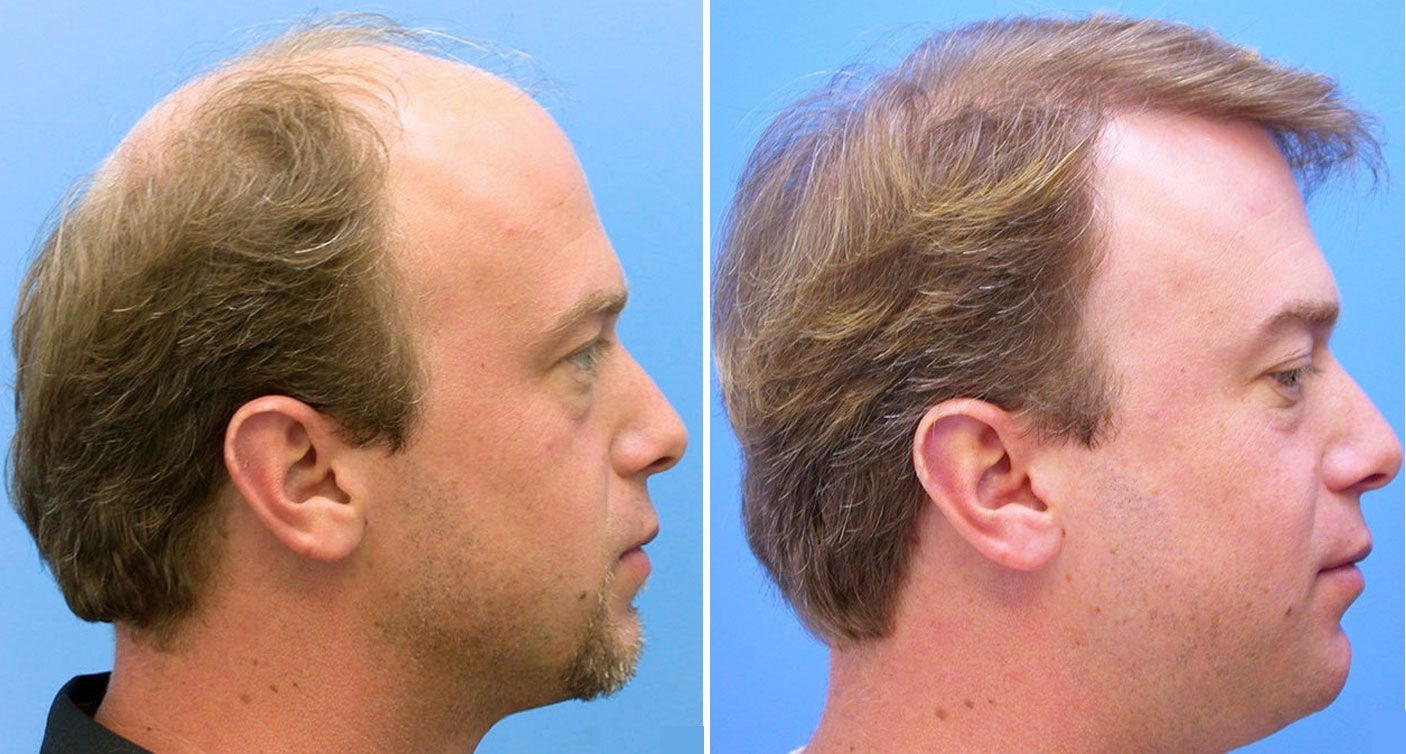All You Need To Know About Hair Transplantation!

Hair Transplantation
Hair covers most of the human body in different lengths, textures, and thickness. However, almost 60% of human hair is found on the scalp.
Genetically, males have a tendency to possess almost 40% more hair follicles as women. Whereas, women have a greater tendency to possess longer & silkier hair.
Hair transplantation is the part of the New Age Techno-Oriented Medicine. It is one of the most advanced approaches to treating baldness.
Baldness (Medically known as Alopecia) is a potent form of hair loss. Almost, always from the scalp.
Hair Transplantation has several different kinds of treatment interventions. However, it depends on the depth of the case.

Typically, hair loss (Baldness/Alopecia) maybe
- Male Pattern Baldness
- Female Pattern Baldness
Male Pattern Baldness (MPB)
MPB is an Andro-Genetic form of baldness that accounts for more than 95% of hair loss cases reported in men.
One of the major causes of MPB is genetic sensitivity to dihydrotestosterone (DHT). Following this, the lifespan of hair follicles is substantially reduced.
Female Pattern Baldness:
Female-pattern baldness typically starts with scalp hairs becoming progressively finer and shorter as a women ages. It can relate to the diverse actions of estrogen. Meanwhile, menopause results in FPB in about 40% cases.
Also, an expert surgical dermatologist performs the whole procedure of hair transplant.
Surgeons take hair for transplantation from the “Donor” to the “Recipient” from:
- The patient’s own body parts
- External agents
Almost always, they take hair from patient’s own body, so as to rule out a possibility of Graft Rejection.
However, in Men, they take donor’s hair from:
- Chest
- Back
- Arms
Summarizing the whole procedure of Surgical Hair Transplantation as follows:
- Pre-Operative Assessment & Planning
There are proper assessment and planning of intervention. Therefore, all Local, General & Absolute Contra-Indications for the surgical procedure are ruled out.
- Patient Preparation
An outpatient basis performs the procedure, with mild sedation and local anesthesia injection. Also, they shampoo the scalp and then treated with an antibacterial agent. Moreover, it is done prior to the harvesting of donor scalp.
- Intervention
After anesthesia, a surgeon uses a scalpel. Further, it can remove a round shaped section of the scalp covered with hair (sewed later). The surgeon will then separate a removed portion of scalp into small sections. In fact, a magnifying lens and sharp surgical knife are used to do it. When implanted, these sections will help achieve natural-looking hair growth. The surgeon will make tiny holes with a needle in the area of scalp receiving the hair transplant. Afterward, they’ll gently place hair in these holes. After the graft, gauze or bandages will cover your scalp for a few days.

A hair transplant session can take four hours or more.
Following surgical transplantation, undergoing a drug regimen is advisable for the patients which involve:
- Analgesics (to reduce pain)
- NSAID’s (to reduce inflammatory reaction)
- Broad Spectrum Anti-Biotics (to rule out possible infections)
Side Effects are mild and subside within a week. They are:
- Patch or Crust Formation in the scalp
- Swelling
- Infection
- Itching
- Inflammation of the hair follicles (i.e. Folliculitis)
- Shock Loss (Sudden Temporary Hair Loss)
Therefore, for patients who are not advised to undergo a surgical procedure, various non-surgical methods are used, such as the use of natural & synthetic hair gain tonics.





